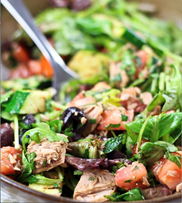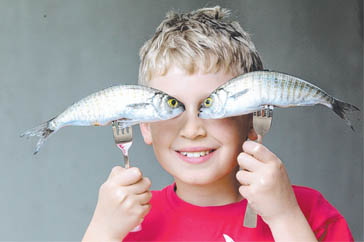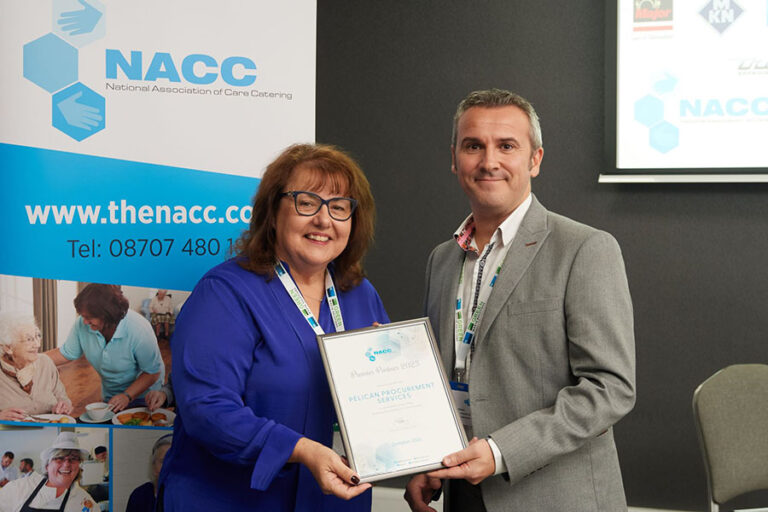It’s Seafood Week 2017, a good opportunity to provide a reminder about why we should include fish and shellfish as part of a healthy, balanced diet. Most of us should be eating more fish but we need to make sure we eat a wide variety of seafood and buy fish from sustainable sources to ensure there are enough fish to eat in the future.

> How much fish and shellfish should we eat?
The Eatwell Guide, the Government’s guidance to a healthy, balanced diet, recommends we eat 2 portions of sustainably sourced fish per week, one of which is oily.
In schools, The School Food Standards (2015) require that oily fish is served at least once every 3 weeks in both primary and secondary schools. This means that school caterers must serve oily fish to comply with the Regulations. Although the legislation does not apply in the independent sector, private schools are advised to offer oily fish once a week as part of lunch and once a week as part of the evening meal.
It is important to remember though, that there are recommended limits for oily fish, crab and some types of white fish, due to high levels of pollutants, to look out for.
> Why should we include seafood as part of a healthy, balanced diet?
Fish and shellfish are a good source of protein and provide a range of nutrients including vitamin B12, calcium, selenium, zinc, iodine, copper and omega-3 fatty acids.
Whitefish and shellfish are low in fat making these foods healthier alternatives to red or processed meat. The healthiest methods to cook fish are to bake, steam or grill as frying, especially if batter or breadcrumb coated, will increase the fat content.

>Why is important to serve oily fish?
The consumption of oily fish is encouraged because it is a good source of key nutrients such as calcium, phosphorous, and Vitamin D, which all help with keeping bones strong and healthy. But most importantly, oily fish is the best source of the unique long chain omega 3 fatty acids, which are said to help protect against heart disease and may also play a role in brain health.
>What do we mean by oily fish?
Oily fish is better known to most of us as salmon, mackerel, herring, anchovies, carp, pilchards, sardines, sprats, whitebait, trout, fresh or frozen tuna.

Significantly I have to point out that canned tuna does not count as oily fish, as the canning process removes the all-important fatty acids so an alternative is needed. Many caterers who offer canned tuna as a way of getting children to get their portion of oily fish often miss this fact.
However, canned sardines, pilchards, mackerel and salmon all count as oily fish!

> Top tips for school caterers to keep oily fish on their menus
- Buy fish pie mix as it works out cheaper
- Use frozen fish instead of fresh as the all-important omega 3’s will not be destroyed in the freezing process
- Use an oily fish in smaller quantities within composite dishes such as fish pie as the dish can be made up with more economical white fish and bulked out with vegetables and potatoes
- Put stir-fries and fishcakes on your menu, as both dishes tend to be more popular than fillets of fish, and contain a smaller quantity of the oily fish
- Try canned salmon mixed with cream cheese in jacket potatoes, wraps, baguettes and even as a pasta topping
- Include flacked mackerel fillets on your salad counter
- Use herb and spice infused oils to mask the strong fish flavour (most popular are lemon, parsley, basil, dill, garlic, chive, oregano, coriander to name but a few
> How to manage food prices?
With food prices being on the increase – keeping specific food items on the menu is becoming more difficult and a real challenge for school caterers. Pelican’s procurement experts have the knowledge and the expertise to achieve the best value from the market for all your products.
Please get in touch: call 01252 705200 or hello@pelicanprocurement.co.uk









